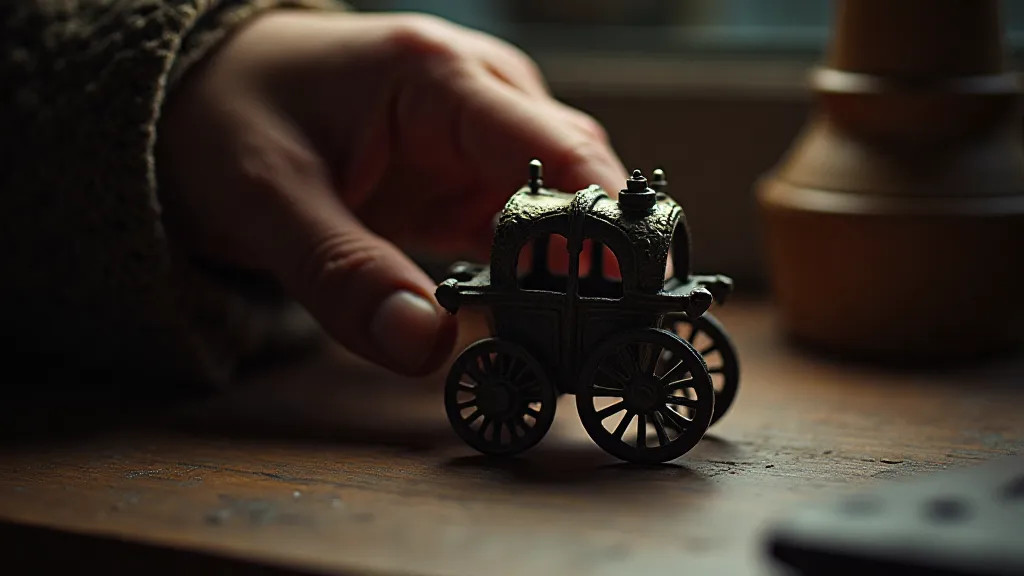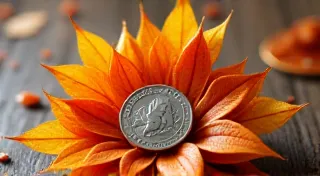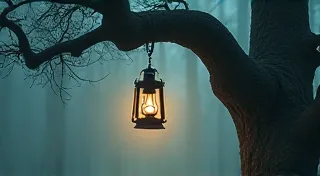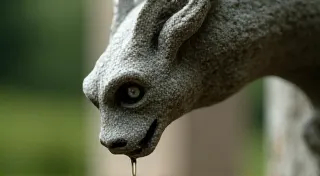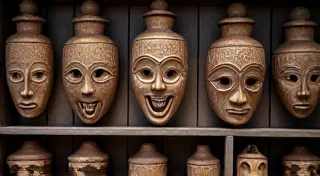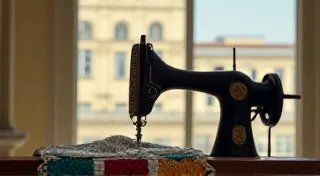The Cast Iron Canvas: The Art of Toy Design in the Victorian Era
The scent of dust and oiled metal, the satisfying *clunk* of a horse-drawn carriage… these sensory details transport me back to my grandfather’s attic. It wasn’t just a storage space; it was a museum of forgotten joys, a portal to a childhood that wasn’t quite mine. Amidst the chipped furniture and stacks of yellowed books, sat a small group of cast iron toys. A fire engine, a steam engine, and a rather jaunty-looking horse-drawn milk wagon. They weren’t pristine, far from it; paint was worn, joints were stiff, and time had clearly taken its toll. Yet, their charm was undeniable. They whispered tales of laughter, imagination, and a simpler era, and sparked in me a lifelong fascination with these miniature marvels.
My grandfather, a quiet man of few words, rarely spoke about the toys. He’s now gone, but I like to think those toys represented a connection to his own childhood and to a world on the cusp of enormous change. This article isn't just about toy history; it’s about appreciating the enduring artistry of a bygone era – the Victorian era – and how that artistry found expression in the creation of cast iron toys.
The Rise of Cast Iron Toys: A Technological and Cultural Shift
The Victorian era (roughly 1837-1901) was a period of unprecedented industrial innovation. The advent of affordable cast iron production – thanks to advancements in metallurgy and mold-making techniques – coincided perfectly with a growing middle class eager to indulge in leisure and entertainment. Before this, toys were largely handcrafted from wood or papier-mâché, accessible only to the wealthy. Cast iron offered a new level of detail, durability, and affordability, democratizing playtime for a generation.
The rise of the toy industry was inextricably linked to the burgeoning railway system. The same foundries producing railway components were readily adapting to produce these charming replicas. Steam engines, trains, and carriages – all symbols of progress and modernity – became the subjects of miniature reproduction, allowing children to participate in the excitement of the age, vicariously experiencing the wonders of the industrial revolution.

The Artists Behind the Metal: Craftsmanship and Design
While mass production was becoming increasingly common, the early manufacturers of cast iron toys didn’t simply churn out identical pieces. Each toy was a testament to the skill of the artisans involved. Mold-makers, pattern-makers, and finishers all contributed to the final product. The pattern-maker created a precise wooden or plaster model – the “pattern” – which was then used to create the mold. Once the molten iron was poured, it cooled and solidified within this mold.
What truly sets these toys apart is the incredible attention to detail. Observe a well-preserved example, and you’ll notice the subtle curves of the horses’ legs, the intricate carvings on the carriages, the painstakingly rendered details of the fire engines' ladders and bells. The paintwork, often applied in multiple layers, was not merely decorative; it was an integral part of the toy's character, imbuing it with a vibrant and playful spirit. Many companies, such as J.W. Doll, Kenton, and Ives, became renowned for their distinctive styles. Doll’s pieces, known for their realism and often featuring intricate clockwork mechanisms, were highly prized. Ives toys were celebrated for their whimsical designs and bright colors.
Aesthetic Influences: Romance, Realism, and the Idealized Past
The artistic influences of the Victorian era are readily apparent in cast iron toy design. Romanticism, with its emphasis on emotion, imagination, and the idealized past, found expression in the whimsical depictions of fairy tales, knights, and mythical creatures. Realism, fueled by the burgeoning photography and scientific advancements, led to more accurate representations of everyday life – horses, carriages, and fire engines becoming common subjects. There was a concerted effort to evoke a sense of nostalgia, particularly for a romanticized version of rural life and the perceived innocence of childhood.
The toys often reflected the values of the time – duty, piety, and a strong sense of community. Fire engines, symbolizing bravery and civic responsibility, were immensely popular. Horse-drawn vehicles, reflecting the importance of transportation and trade, were also highly sought after. Even the whimsical designs, like the fantastical figures of jesters and acrobats, served to entertain and inspire the imaginations of children.

Collecting and Preservation: Appreciating the Legacy
Today, antique cast iron toys are highly valued by collectors worldwide. Their rarity, historical significance, and inherent beauty make them treasured possessions. However, collecting these toys isn’t merely about acquisition; it's about preservation and appreciation. Many toys have suffered from neglect, rust, and damage over the years. While complete restoration to original condition is often impossible (and undesirable, as it can diminish historical value), careful conservation and cleaning can help to protect these artifacts for future generations.
Understanding the manufacturing process – recognizing the marks of the mold, the patterns of the paint, the subtle imperfections – allows a collector to appreciate the craftsmanship even more deeply. These aren’t just toys; they are tangible links to the Victorian era, echoes of a time when artistry and ingenuity converged to create objects of enduring charm.
The scent of aged metal, the weight of history in your hand – these are the experiences that make collecting antique cast iron toys so rewarding. They remind us that even the simplest of objects can hold within them a world of stories, waiting to be rediscovered.
